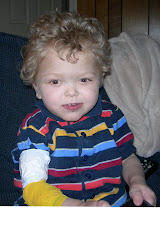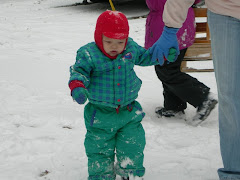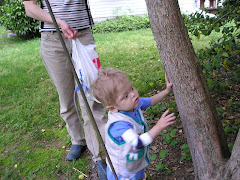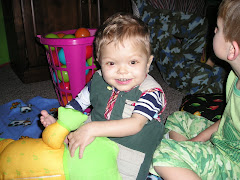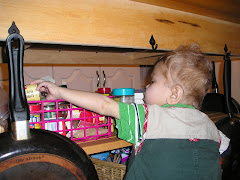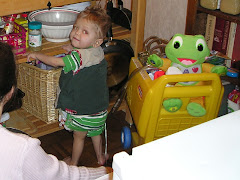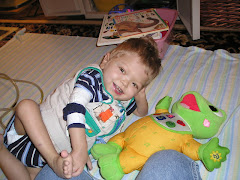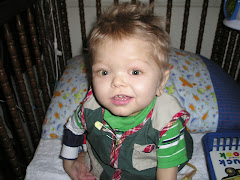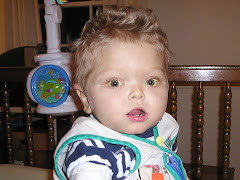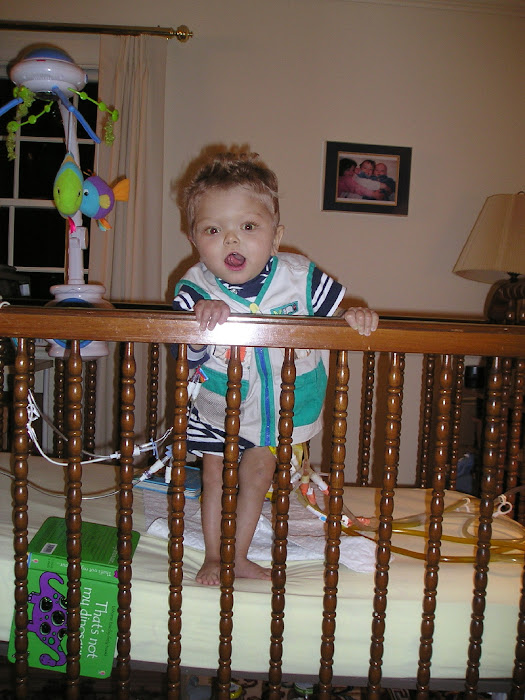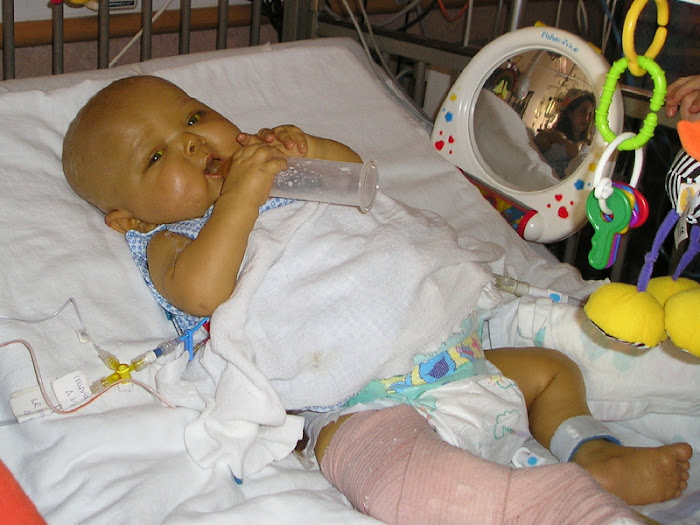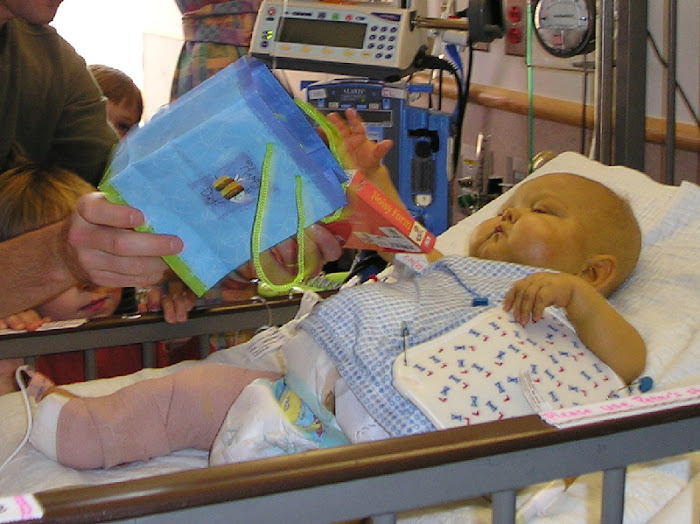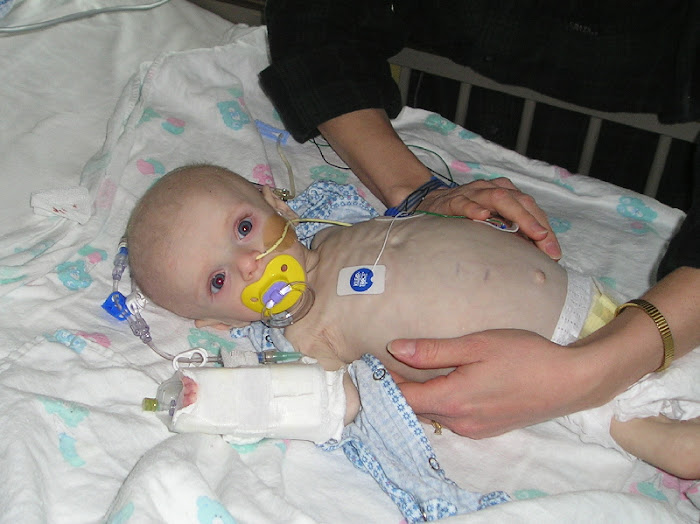After posting about Peter's probiotics, I got to thinking about the central line issue that makes many doctors, nurses, and other SBS'ers worry about infection. I thought I would revisit this subject with additional details for other parents/caretakers who are dealing with bacterial overgrowth (BO) and the question of whether to add probiotics or antibiotics.
When we first began treating BO sometime in mid 2007, we went straight for antibiotics given Peter's proneness to intestinal bleeding from portal hypertension (possibly the BO as well) and his recent hospitalizations for a gut translocated organism in June if memory serves correctly, and the fact that he had only come out of the hospital in Feb 2007 after almost a year inpatient. The antibiotics worked very well... for a couple of rounds. We did flagyl for a week, augmentin for a week, and cipro for a week, and then either repeated or took one week off before repeating (can't recall). They were all administered enterally. As we grew accustomed to this routine over a couple of months, Peter began doing funny things while on the enteral antibiotics. The first issue was hives. After the third round of hives we came to recognize that they were occuring when he was on augmentin. We stopped augmentin and the hives left and haven't returned. We continued with just flagyl and cipro until we began to have mystery illnesses while on flagyl. I have written about that in this blog before - see posts from March and April 2008 where Peter was hospitalized and cultured and there was nothing discovered as far as illness. The third time the mystery illness occurred we realized that each time he had been on flagyl. We stopped the flagyl and the illness left the next day. Then all we had left was cipro. We were looking for patterns by this point and found one - enteral bleeding within a few days of starting cipro. (By this point Peter's enteral bleeds had pretty much resolved and were rare occurences compared to the year before, but when cipro came onboard it would predictably return.)
This is when we started the probiotic drink of kefir. It was good stuff, but eventually stopped working, likely due to the small amounts that we are limited to since Peter takes so little in enterally to begin with. Speaking with Peter's GI in Boston about the BO and where to go with it, he suggested that we could try probiotics, although it is considered risky in a child with a central line. Given that we have already been hospitalized because of antibiotics, it seemed worth the risk to try probiotics over antibiotics. The cautions I have been given are that probiotics are LIVE organisms. What has been emphasized to me, is that one of the culprits for infection in a line of a person using probiotics is likely a cross-contamination versus necessarily a gut translocation. In other words, a person may have probiotic on their hands, not realize it before handling the central line and thereby contaminate the line directly. That may not be the route of contamination in all probiotic line infection cases, but just like one would thoroughly wash hands after changing a dirty diaper or ileostomy bag before accessing the line, one should be extremely thorough in cleaning after probiotics before handling the line or accessories. Below are the tips that were given to me along with how we have adapted them to Peter's routine.
The germs, though "good" germs, are still "bad" germs if they get into the bloodstream, so wash hands thoroughly and make sure that the probiotics are handled with diligent care so that they do not get anywhere near the central line. Administer probiotics long before accessing the line or making TPN of handling IV meds. Do not administer or mix or store probiotics anywhere near where you make TPN or handle IV meds. Our routine is that Peter receives the probiotics only after his TPN is down and his lines have been flushed and wrapped in coban for the day. The probiotics are mixed only where food is prepared, not where TPN would ever be prepared, and is mixed over a large dinner plate to catch any excess powder that might fall onto the plate when it is being measured. The powder is mixed with a teaspoon of baby food in a small bowl that is on the plate. The plate is used then as a tray to keep the possibly dirty bottom of the bowl from contaminating another surface. Peter is fed the food containing the probiotic, not allowed to try to feed it to himself. Immediately after feeding it his mouth is wiped with a damp paper towel, the bowl and spoon and plate go into the dishwasher, and the person who administered the food and anyone else who handled the probiotic in anyway washes hands with soap and water.
Peter has been on this regime since late December and though the attention to maintaining strict cleanliness when using the probiotics seems a little strict and uptight, it seems to be working well for us. We'll keep posting updates about the success or lack of it as we go on.






